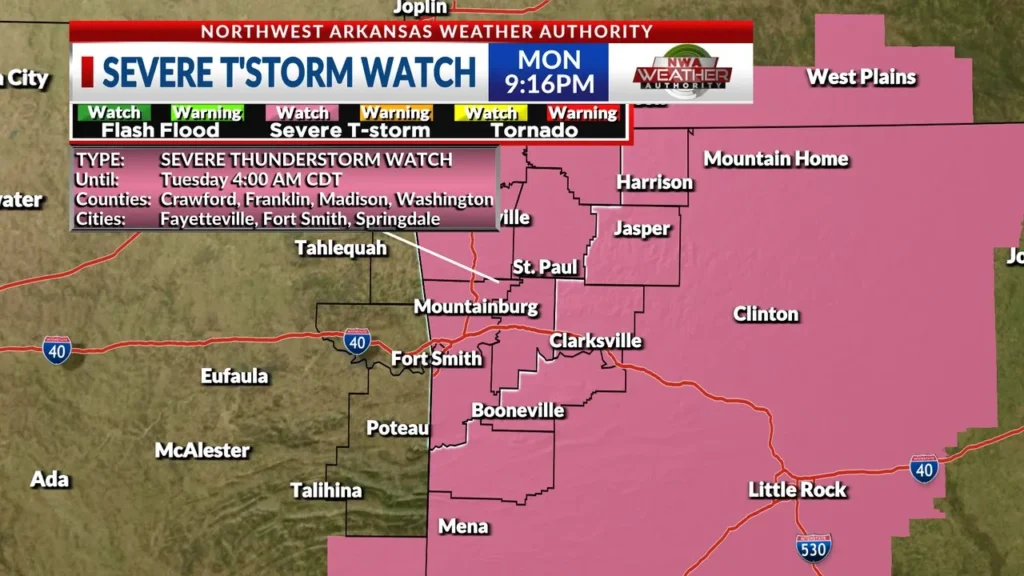severe thunderstorm watch: is an alert issued by weather authorities when conditions are favorable for the development of severe thunderstorms in and around the watch area. These storms can produce dangerous weather phenomena such as large hail, damaging winds, and even tornadoes. Understanding what a Severe Thunderstorm Watch means and how to respond can help keep you safe.

What is a Severe Thunderstorm Watch?
A Severe Thunderstorm Watch is issued when atmospheric conditions are conducive to the formation of severe thunderstorms. This means that ingredients like moisture, instability, and lift are present in the atmosphere, creating an environment where severe weather could develop. A watch typically covers a large area and remains in effect for several hours, usually up to six to eight hours.
It’s important to note that a watch does not guarantee that severe weather will occur, but it indicates that the potential exists. People within the watch area should stay alert and monitor weather updates.
What to Do When a Severe Thunderstorm Watch is Issued
- Stay Informed: Keep a close eye on weather updates through reliable sources like the National Weather Service (NWS), weather apps, or local news. Severe thunderstorms can develop rapidly, so it’s important to stay informed about any changes.
- Prepare for Possible Severe Weather:
- Secure Loose Objects: Outdoor furniture, garbage cans, and other objects that can be blown away should be secured or brought indoors to prevent damage.
- Review Emergency Plans: Make sure you and your family know what to do if a severe thunderstorm warning is issued or if severe weather strikes.
- Charge Devices: Ensure that your cell phones and other necessary devices are fully charged in case of a power outage.
- Know the Difference Between a Watch and a Warning:
- A Severe Thunderstorm Watch means conditions are right for severe thunderstorms to form.
- A Severe Thunderstorm Warning is issued when severe weather is imminent or already occurring. This is when you should take immediate action to protect yourself and your property.
- Plan Ahead: Consider postponing outdoor activities. If you’re on the road, try to reach a safe destination before the storm begins. If you’re at home, close windows and doors to protect against wind and rain.
Potential Hazards of Severe Thunderstorms
- Large Hail: Severe thunderstorms can produce hailstones larger than a quarter, which can damage vehicles, roofs, and crops.
- Damaging Winds: Wind speeds in a severe thunderstorm can exceed 58 mph, causing trees to fall, power lines to snap, and structural damage.
- Tornadoes: While not all severe thunderstorms produce tornadoes, some can spawn tornadoes with little or no warning. It’s important to be prepared for this possibility.
After the Watch Expires
Once the Severe Thunderstorm Watch expires, it doesn’t mean the threat is completely over. Continue to monitor the weather, especially if storms are still ongoing. Be cautious of downed power lines, debris, and flooded areas if the storm has already passed.
Conclusion
A Severe Thunderstorm Watch is a crucial part of the weather warning system designed to keep people safe during potentially dangerous weather events. By staying informed and prepared, you can minimize the risks associated with severe thunderstorms. Always take these watches seriously and be ready to act if conditions worsen.
